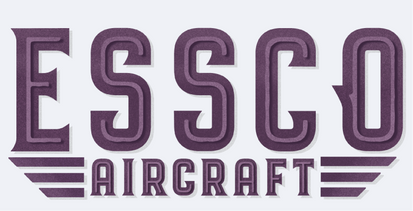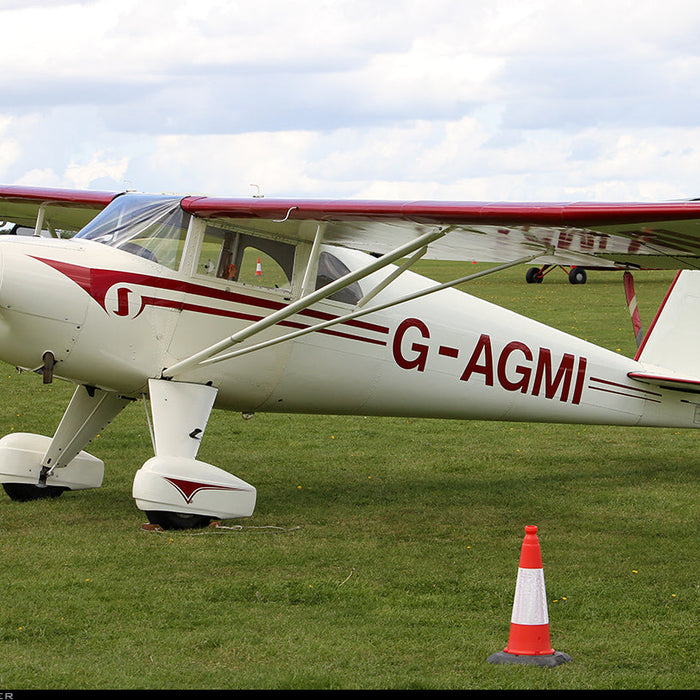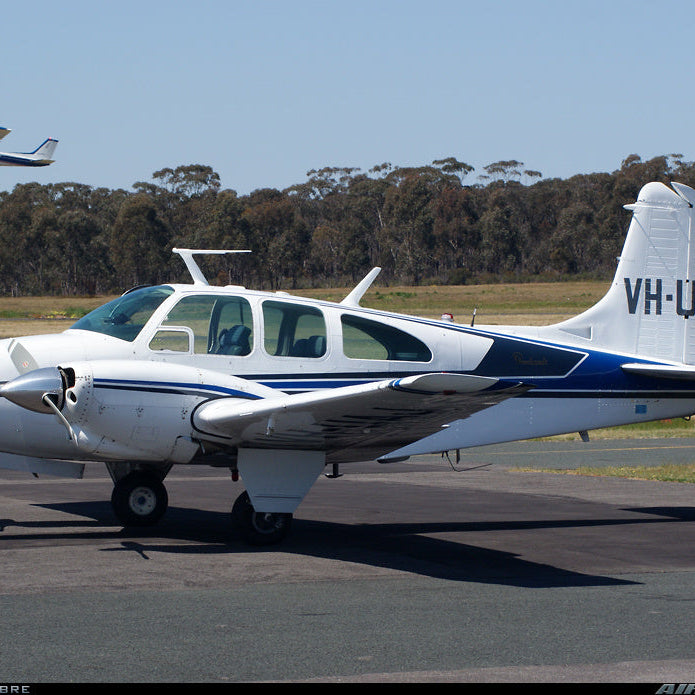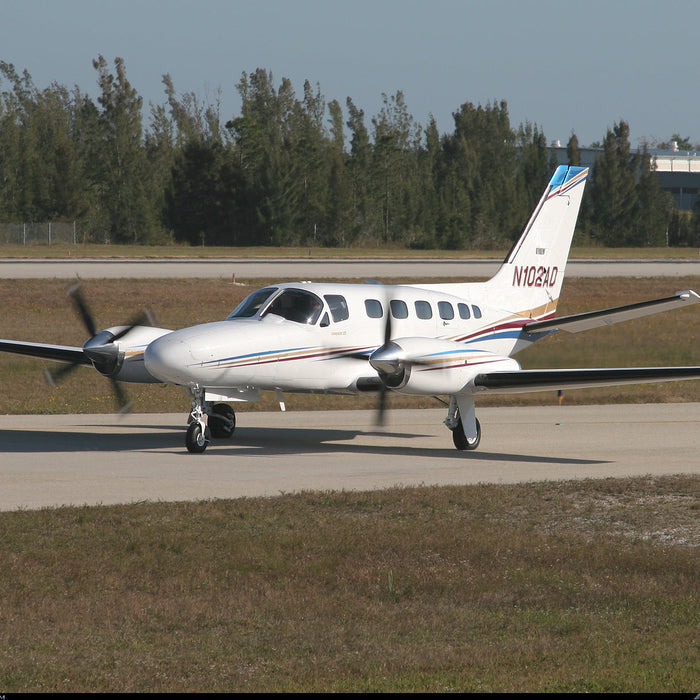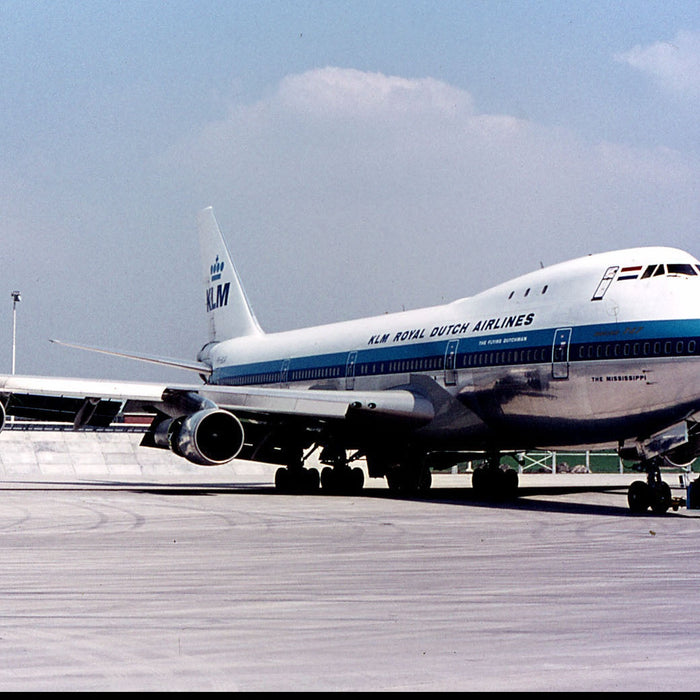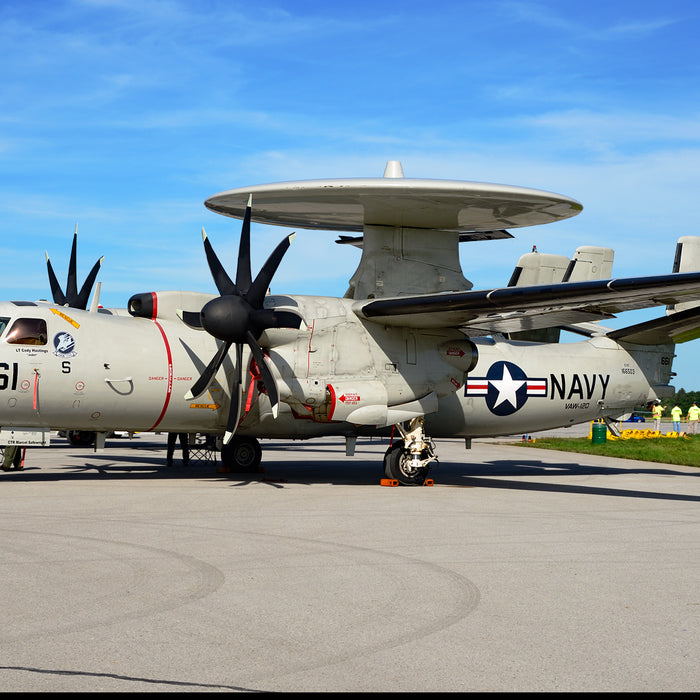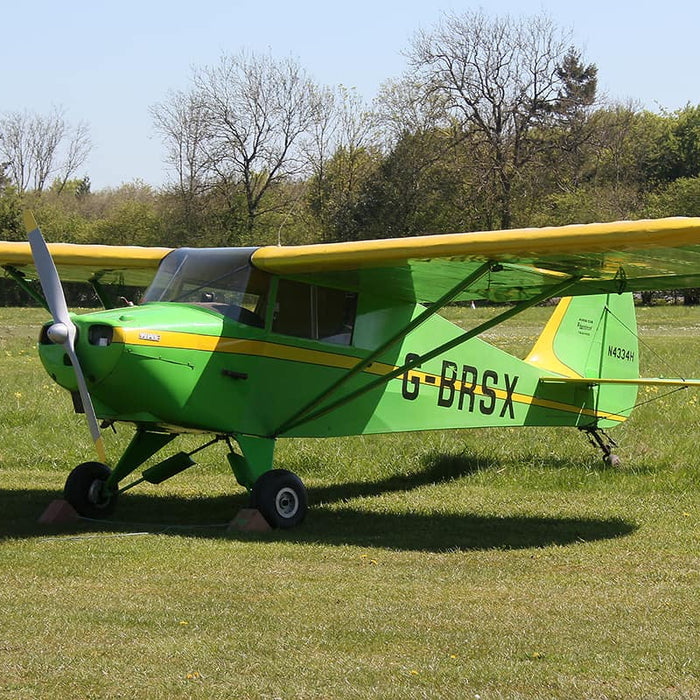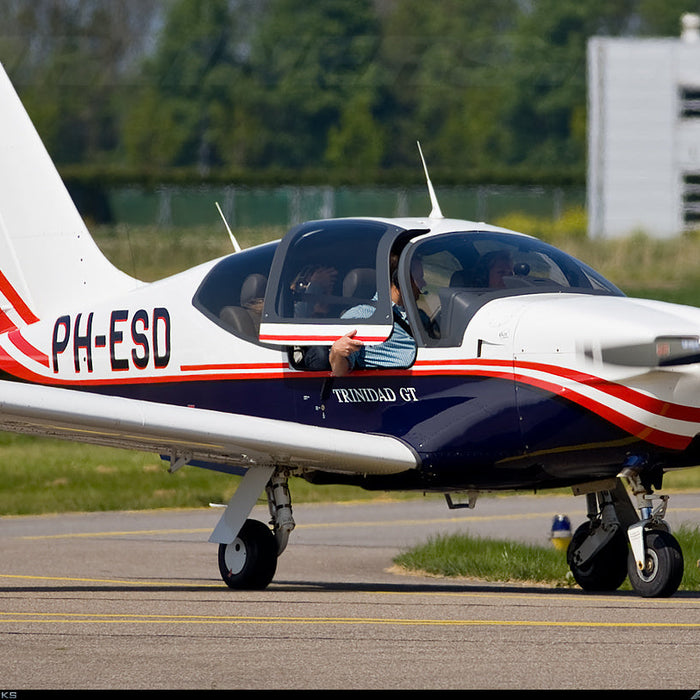
Number 100 of 100 in 100: The Socata TB Series ✈️
Conceptualization: By the mid-1970s, SOCATA, a subsidiary of Aérospatiale, began developing the TB series with the ambition of entirely replacing the Rallye series with a more modern, capable, and efficient family of general aviation aircraft. The late 1970s and...
